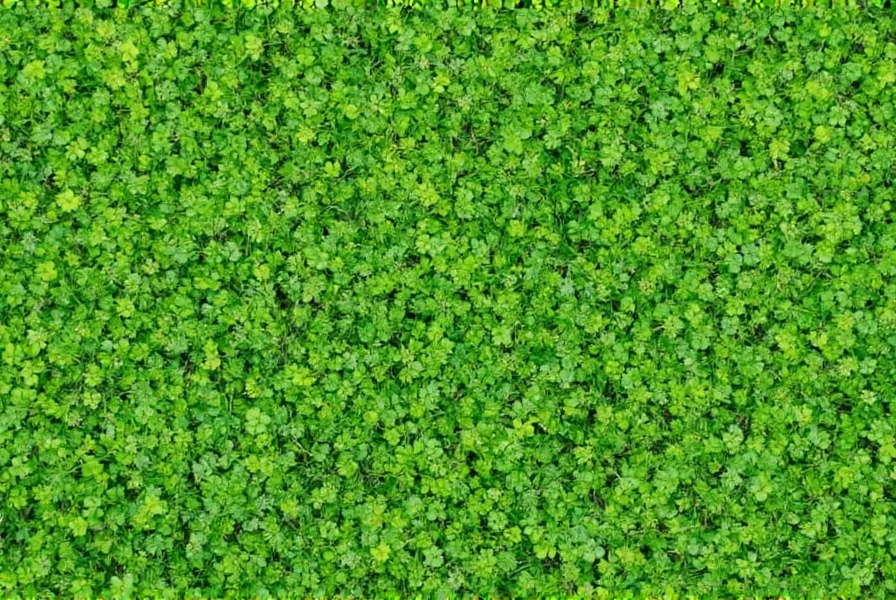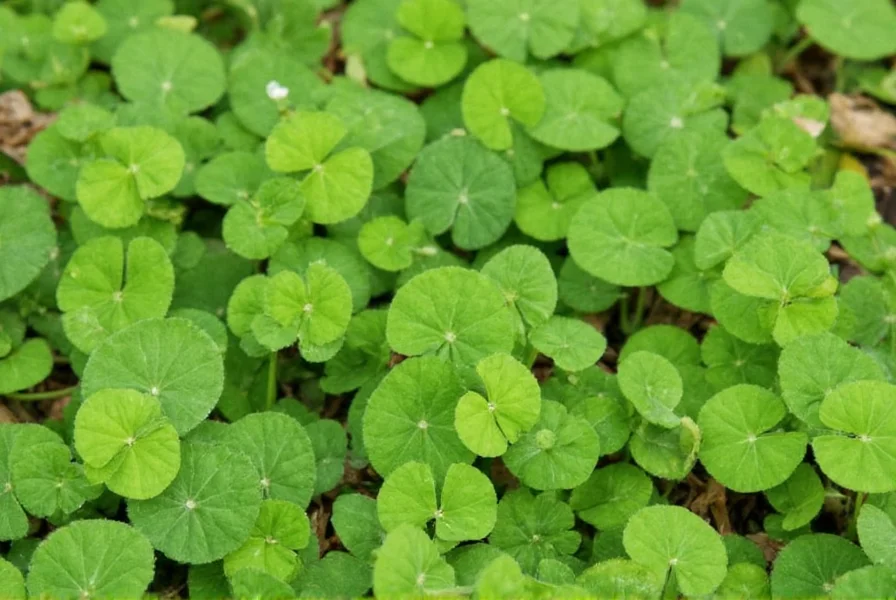For gardeners seeking sustainable alternatives to traditional turf grass, mini clover seed offers a compelling solution. This specialized variety of white clover has gained popularity among environmentally conscious homeowners and landscapers looking to reduce water consumption, eliminate synthetic fertilizers, and create more resilient outdoor spaces. The smaller leaf structure and compact growth habit distinguish it from conventional white clover varieties that often develop unsightly flower heads and grow too tall for well-manicured lawns.
Understanding Mini Clover Characteristics
Microclover's distinctive features make it particularly valuable for modern landscaping needs. The leaves typically measure just 0.2-0.4 inches across—significantly smaller than the 0.8-1.2 inch leaves of standard white clover. This miniature foliage creates a more uniform appearance that closely resembles fine grass. The plant maintains a consistent height of 4-6 inches when left unmowed, making it ideal for low-maintenance landscapes where frequent mowing is undesirable.
One of mini clover's most valuable attributes is its nitrogen-fixing capability. Through a symbiotic relationship with rhizobia bacteria in the soil, mini clover converts atmospheric nitrogen into a form that nourishes both itself and surrounding plants. This natural fertilization process eliminates the need for synthetic nitrogen applications, reducing both costs and environmental impact. A single planting can remain productive for 5-7 years with proper care, establishing deep roots that improve soil structure over time.
| Characteristic | Mini Clover | Traditional White Clover | Kentucky Bluegrass |
|---|---|---|---|
| Leaf Size | 0.2-0.4 inches | 0.8-1.2 inches | N/A |
| Mature Height | 4-6 inches | 6-12 inches | 12-24 inches |
| Water Needs | Low (1"/week) | Moderate | High (1.5"/week) |
| Fertilizer Needs | None | Low | High |
| Shade Tolerance | Moderate | Good | Poor |
Practical Applications for Mini Clover Seed
Gardeners increasingly choose mini clover seed as a sustainable lawn alternative that addresses multiple environmental concerns. Unlike traditional turf grass that requires frequent watering, mini clover maintains its green appearance with approximately 30% less water once established. This makes it particularly valuable in regions experiencing water restrictions or for homeowners looking to reduce their environmental footprint.
The optimal time to plant mini clover seed aligns with traditional lawn establishment periods—early spring (March-May) or early fall (August-September) when temperatures range between 50-75°F. For best results when establishing a mini clover lawn, prepare the soil by removing existing vegetation and loosening the top 2-3 inches of soil. The recommended seeding rate is 1-2 pounds per 1,000 square feet, with seeds distributed evenly and lightly raked into the soil to ensure good seed-to-soil contact.
Mini clover seed germination typically occurs within 7-15 days under proper moisture conditions. During establishment, maintain consistent soil moisture without creating standing water. Once established, mini clover demonstrates impressive drought tolerance, entering dormancy during extreme dry periods and recovering quickly when moisture returns. This resilience makes it an excellent choice for low maintenance mini clover lawn installations where irrigation is limited.

Managing Your Mini Clover Lawn
One of the most appealing aspects of mini clover is its minimal maintenance requirements compared to traditional lawns. Most homeowners find they need to mow their mini clover lawn only 3-4 times per season, primarily to maintain a uniform appearance rather than control growth. When mowing, set your mower to its highest setting (approximately 3-4 inches) to avoid damaging the plants.
Weed control in mini clover lawns differs significantly from conventional turf management. The dense growth habit naturally suppresses many common weeds, but broadleaf weeds may still appear. Avoid using standard broadleaf herbicides as these will damage the clover. Instead, spot-treat problem areas with organic solutions or manually remove persistent weeds. Overseeding with additional mini clover seed every 2-3 years helps maintain density and outcompete potential weeds.
Unlike traditional lawns that require regular fertilization, mini clover actually enriches the soil through its nitrogen-fixing capabilities. This characteristic makes it an excellent choice for organic lawn alternative with mini clover installations. The plant's deep root system (reaching 18-24 inches) also improves soil structure and increases water infiltration, benefiting surrounding plants and reducing runoff.
Addressing Common Challenges
While mini clover offers numerous benefits, understanding potential challenges ensures successful establishment. In heavily shaded areas, mini clover may thin out and require supplemental seeding with shade-tolerant grasses. During extreme heat waves (temperatures consistently above 90°F), mini clover may temporarily go dormant but typically recovers when temperatures moderate.
Some homeowners express concern about clover attracting bees. While mini clover does produce small white flowers that attract pollinators, the flowering is significantly less pronounced than in standard white clover varieties. Mowing before flowers fully develop minimizes this concern while maintaining the lawn's aesthetic appeal. For those with severe bee allergies, this factor warrants consideration when choosing mini clover seed for drought tolerant lawns.
Seasonal Care Calendar
Understanding the seasonal rhythm of mini clover helps maintain optimal health throughout the year. In spring, focus on weed control and ensuring adequate moisture during establishment. Summer requires minimal intervention beyond occasional watering during extended dry periods. Fall represents the ideal time for overseeding thin areas and addressing any soil amendments. During winter, mini clover typically goes dormant in colder climates but maintains green foliage in milder zones.
For those researching mini clover seed planting guide information, timing is critical. Early fall planting allows seedlings to establish strong root systems before winter dormancy, while spring planting should occur after the last frost but before summer heat intensifies. The best time to plant mini clover seed varies slightly by climate zone but generally aligns with these seasonal windows.











 浙公网安备
33010002000092号
浙公网安备
33010002000092号 浙B2-20120091-4
浙B2-20120091-4